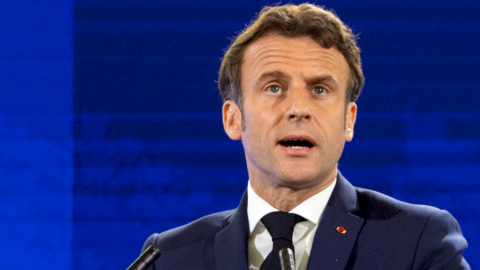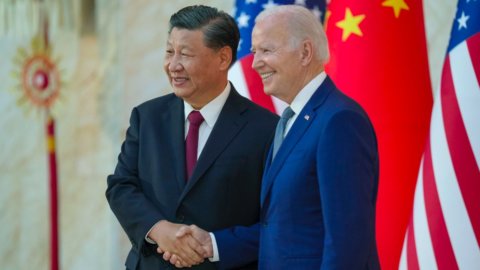Vietnam has proven very resilient to the Covid-19 pandemic, as cases of infection and death rates have remained low. The nationwide lockdown was lifted in April and the country is working with local isolation measures in case of a virus outbreak. The government also introduced a fiscal support package worth 291,7 trillion dong (3,6% of GDP); there would also be scope for monetary stimulus, but as economic activity is recovering relatively quickly, this option has not yet been used. Vietnam is one of the few countries that managed to avoid recession in 2020 e atradius it expects GDP growth to accelerate to 7,7% this year. Vietnam is an attractive destination for companies that want to move low-skilled production out of China: in addition to low wage costs, the country benefits from its participation in several trade agreements (including the recent EU-Vietnam and UK-Vietnam) and to policies that favor incoming productive investments.
Growth is set to rebound faster than its ASEAN partners this year as the government managed to bring the pandemic under control and unveiled the aforementioned covid-19 tax relief package. Despite still slow global demand, the economy experienced increased exports of steel, electronics, and personal computers. Furthermore, the recently ratified free trade agreement with the EU, a major trading partner (it accounted for 18,4% of total exports in 2019), is expected to further boost exports (75% of GDP). The economy has also benefited from supply chain changes from China as firms seek to avoid tariffs over the US-China trade dispute: this has led to a surge in exports to Washington and fueled a record-high trade surplusleading to a preliminary anti-subsidy tariff on vehicle tires from Vietnam (tariff range of 6%-10%). Vietnam has been on the US Treasury's currency manipulation watchlist since 2019 given its undervalued currency against the dollar, current account surplus, and trade surplus vis-à-vis Washington.
Foreign direct investment decreased by 19% in the first nine months of 2020: Coface he expects them to recover with the pandemic under control, thanks in part to foreign investors seeking greater diversification and relocating businesses from China. Tourism, which accounted for less than 10% of GDP in 2019, was negatively impacted as international borders were closed from March 2020 onwards. Domestic tourism supported by government incentives could partially offset the impact, as rules on social distancing have been relaxed since May 2020. Household consumption (53% of GDP), supported by a recovery in the labor market (the unemployment fell to 2,5% in September 2020 after peaking in June), will gradually recover as travel restrictions are swiftly lifted. Inflation could approach the 4% target in 2021 (but stay below it), which would allow the State Bank of Vietnam (SBV) to implement further monetary easing, in order to continue to sustain the growth momentum.
The budget deficit is projected to narrow slightly in 2021 on stronger tax revenue collection supported by a continued economic recovery. That said, analysts do not expect it to return to its pre-crisis level. Expenses are expected to continue to grow faster than revenue given that the government is trying to speed up public investment disbursements on large infrastructure projects, which have only achieved 57% of the target set by the Prime Minister in the first nine months of 2020. The pandemic, combined with difficulties between local authorities and landowners in reaching land handover agreements, has delayed these projects. The public debt-to-GDP ratio is expected to decrease slightly, supported by the growth momentum and a contained budget deficit. However, debt remains exposed to currency risks as 46% of public debt is denominated in foreign currency. The trade and current account surplus is likely to narrow due to still weak global demand, albeit partially offset by a shift in global value chains away from China and the recent trade deal with the EU. Imports should continue to strengthen thanks to the recovery in consumption and investment demand, while productive investment will continue largely to finance the deficit. Foreign exchange reserves remain adequate, equal to 3,8 months of imports in July 2020.
After a difficult 2020, The textile, transport and logistics sectors have strong growth potential, benefiting from stronger global demand and recently concluded free trade agreements with the EU and the UK. Robust economic expansion and low unemployment are strengthening wage growth over the medium term, while rising private consumption offers particularly attractive opportunities: retail trade and consumer goods will be one of the main beneficiaries, with growth this year estimated at 8,8%, followed by construction, with added value up 6,7%. However, there may be a setback in the tourism sector, which has attracted strong domestic and foreign investment capital in previous years. Growth in agricultural value added is also expected to pick up, with increased demand for pesticides and fertilizers to support increased production.





